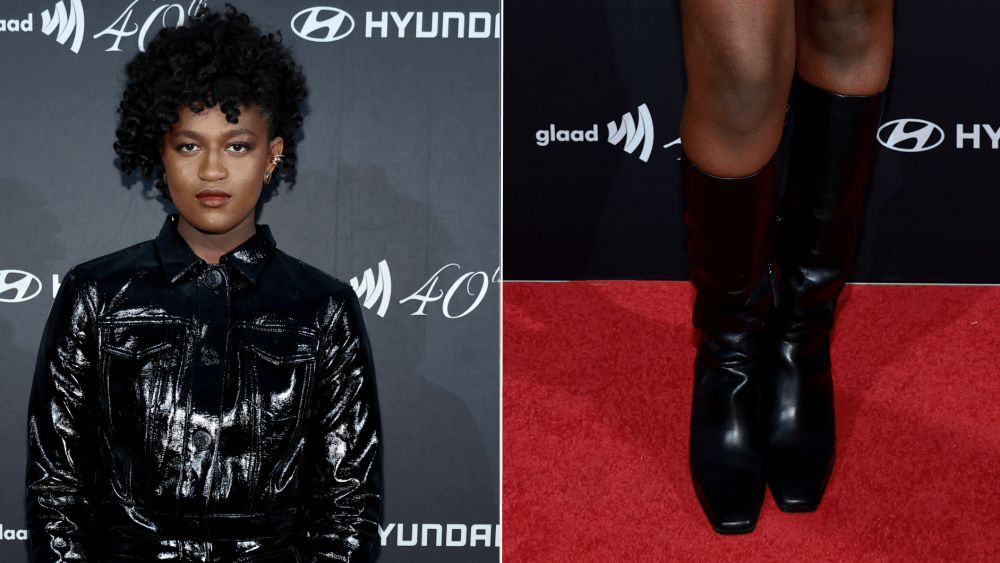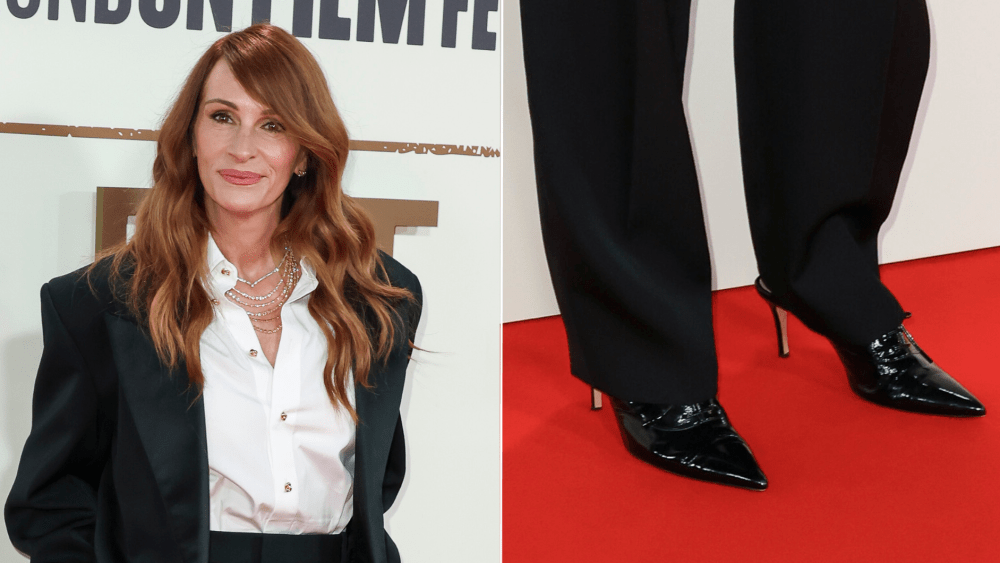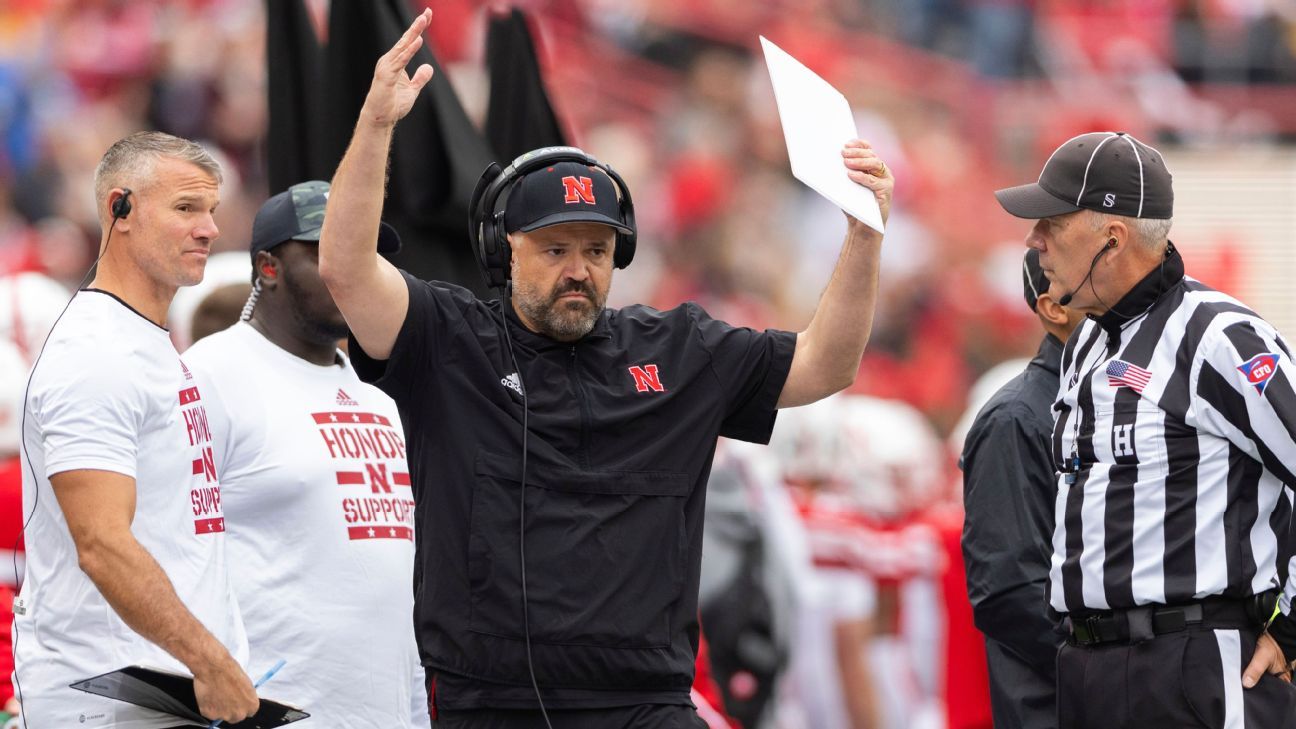
National brands are about to get less play in Destination XL stores.
On Wednesday, the Canton, Mass.-based men’s big and tall retailer slipped into the red in the second quarter and its game plan is to de-emphasize national brands in favor of its lower-priced private label to turn the tide.
In the period, Destination XL Group posted a net loss of $265,000 compared to net income of $2.4 million in the second quarter of fiscal 2024. Total sales were also down, falling 7.5 percent to $115.5 million from $124.8 million the prior year. Comparable-store sales were down 9.2 percent overall — 7.1 percent in stores and 14.4 percent in the company’s direct-to-consumer business.
By month, comps fell 10.4 percent in May, 9.6 percent in June and 7 percent in July and the company said store traffic is “showing modest improvement” in August, with comps trending “slightly better” than in July.
Harvey Kanter, president and chief executive officer, said the results reflected continued softness in the big and tall sector, exacerbated by “the macroeconomic challenges and geopolitical environment affecting consumer discretionary spending. Over the past year, our customer has been gravitating more toward lower-priced goods and select promotions, signaling a consumer who is carefully choosing where and how he spends his money.”
In response, Kanter said, DXL will put more focus on its private brands with their lower price points. “We are extending our core assortment to provide breadth and depth to our private brand mix,” he detailed. “We own our private brands; we own the product, we own the design, and we own the supply chain execution, which enables us to better control the margins than with our national designer brands.”
Among its largest private brands are Harbor Bay, Oak Hill and True Nation.
The company said over the next two years, DXL will reduce the number of underperforming national brands and grow its private label penetration from 56.5 percent today to 60 percent by 2026 and more than 65 percent by 2027. Margins on national brands average in the low 50s but on private labels are in the upper 60s to mid 70s.
“We are confident that with the strength of our assortment, enhanced storytelling and strategic marketing efforts, we can drive greater customer loyalty and position our private brands as a primary reason customers choose DXL,” Kanter said during a morning conference call. “To support this initiative, we are reducing the space and investment allocated to national brands that have experienced declining customer demand and underwhelming sales performance. We will continue to rigorously evaluate our national brand portfolio, eliminating those that no longer resonate with our customer.”
He stressed that national brands “will remain a key lever for customer acquisition, but we are strategically evaluating their performance to determine future eliminations.”
He pointed to the recent addition of TravisMathew as a win for the company and said the company will “continue to add national brands on a selective basis when they address a gap in the assortment. But we’re going to see more leverage on the private brand side as we review opportunities that create the same draw and loyalty once delivered by national designer brands. One example here is athleisure, where we believe there are opportunities to bolster our assortment with new product lines by intentionally shifting toward private brands.”
He added that the big and tall space is becoming more competitive as other men’s retailers expand their assortment to attract this customer.
“As the macro environment is also difficult for apparel retailers who trade in traditional sizing, more competitors are dipping their toe into the big and tall space,” he said. “Expanding into extended sizes is an easy modification for traditional size retailers, with customers having more choices across different price points and different styles. We are seeing increased competition from mass and general retailers competing on price while direct-to-consumer brands attract customers with fresh marketing and storytelling. Off-price and warehouse [stores] are also in the mix competing on convenience and value. The increase in competition is further fragmenting customer loyalty and possibly contributing to some of the decline we are seeing in our business.”
To fight back, Kanter said the company is leaning into its Fitmap, a digital sizing technology it can offer exclusively for the big and tall market until 2030. To date, it has scanned more than 23,000 people in 62 stores and DXL will roll out the program to 86 units by the holiday season.
In addition, the company will revamp its promotional strategy, Kanter said, to “prioritize relevance, competitiveness, and a stronger perception of value. Programs such as our newly launched Fit Exchange program, Heroes Discount for first responders and teachers, and enhanced loyalty are all examples contributing to this effort.”
Looking ahead, Kanter said there remains a “significant amount of volatility in the market,” particularly around tariffs and their expected impact on “an already concerned consumer.” The company is working with its vendors and suppliers to mitigate the impact; however, there is expected to be “further uncertainty ahead.”
He said if the current tariff situation remains the same, it will cost the company just under $4 million for this fiscal year, resulting in price increases to consumers for the remainder of 2025 and into 2026.
Destination XL operates a total of 294 full-price and outlet stores under the DXL and Casual Male nameplates. The company expects to open two additional DXL stores this fiscal year. However, Kanter said the new stores — by the end of this year, the company will have opened 18 units in 24 months — are performing below plan due to weak demand for apparel and the macroeconomy. As a result, future store openings are on hold until conditions improve.
The company did not provide guidance for the remainder of the year but on the conference call, Kanter presented a positive spin: “Despite the difficult sales environment we posted in the second quarter, I must say we remain optimistic for our business with a strong conviction for upside when the current down cycle begins to turn.”
#Mens #Big #Tall #Retailer #Destination #Reduce #Percentage #National #Brands






